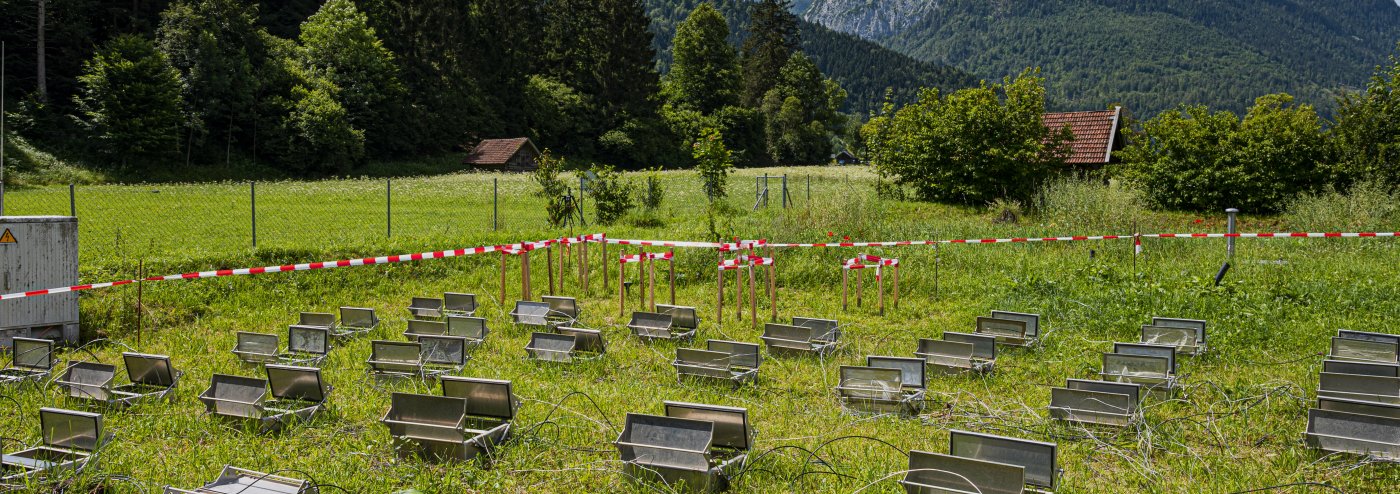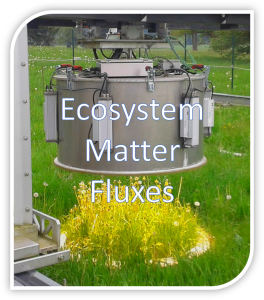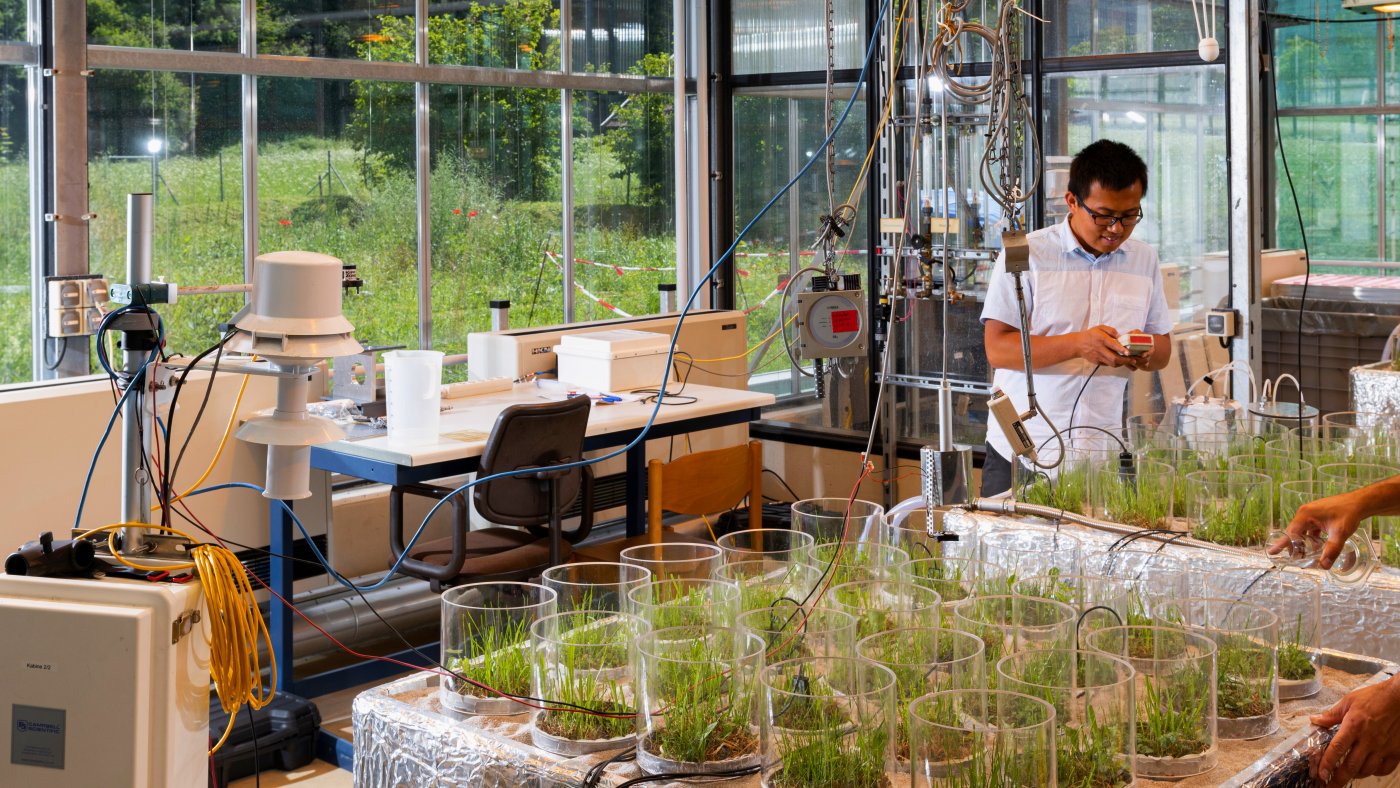
Division 'Terrestrial Bio-Geo-Chemistry'
One of the greatest challenges for predicting future environmental conditions is to better understand anthropogenic perturbations of the biogeochemical cycles of carbon (C) and nitrogen (N) and associated exchange processes between terrestrial ecosystems, the atmosphere and the hydrosphere.
In our division we use an integrated research approach consisting of process and field studies, and use of observational data for developing and testing process models. This scale-bridging approach is key to better characterize and quantify impacts of changes in climate, landuse and land management on coupled C and N processes from site to regional scale and to identify land use and land management strategies, which allow to
• adapt agricultural and forest systems to climate change, and
• to reduce the environmental footprint of agricultural systems due to GHG emissions and nutrient losses to the environment.
Copyright information:
picture 'Landscape Fluxes': Felix Mittermeier @ Pixabay modified by Rainer Gasche, KIT; picture 'Ecosystem Matter Fluxes': Ralf Kiese, KIT; picture 'Stable Isotope Biogeochemistry': Rainer Gasche, KIT, picture 'Environmental Smart Agriculture': Hermann Kollinger @ Pixabay modified by Rainer Gasche, KIT







